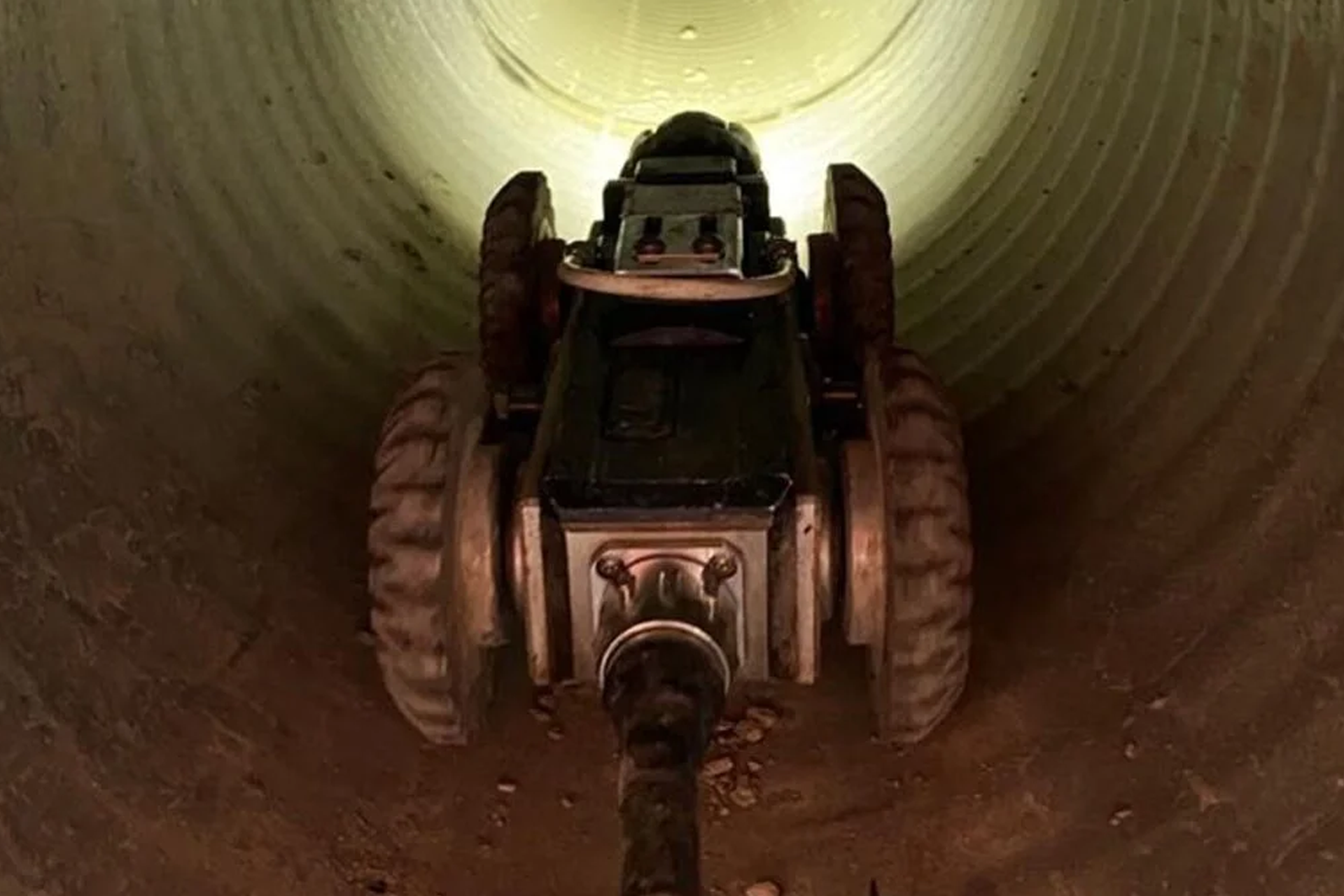5 Easy Facts About Reclaim Waste Shown
5 Easy Facts About Reclaim Waste Shown
Blog Article
Not known Details About Reclaim Waste
Table of ContentsThe 7-Second Trick For Reclaim WasteNot known Facts About Reclaim WasteThe Reclaim Waste PDFsReclaim Waste Things To Know Before You Get ThisThe Best Guide To Reclaim Waste
Residential sewage waste refers to the waste and items from a household septic storage tank. The correct management and disposal of domestic sewer waste need fluid waste to be transferred to a sewage treatment plant where the appropriate methods and devices are used to cleanse and dispose of waste.
Industrial waste usually consists of potential hazards, such as flammable materials or a combination of fluid and strong waste items, and needs a much more sophisticated and thorough disposal process. The disposal of business waste typically includes the filtering of waste before transport to ensure safe and correct disposal. Hazardous waste is produced from results and runoff of industrial processes and manufacturing.
This kind of waste can not utilize the same sewage management transportation or procedures as septic or commercial fluids. The hazardous waste management procedure calls for the evaluation and screening of liquid waste before it undergoes the disposal procedure (industrial wastewater treatment). Runoff waste is the fluid waste that originates from runoff and excess stormwater in very inhabited locations or cities
Drainage waste can cause contamination and flooding if not dealt with effectively. Guaranteeing proper waste monitoring can prevent catastrophes and reduce ecological damage.
Facts About Reclaim Waste Revealed
Contact PROS Solutions today to discover regarding our waste administration and disposal solutions and the correct ways to take care of the liquid waste you produce.
(https://penzu.com/p/1f225eb6893bd9aa)Do you recognize what takes place to your water when you pull the plug, flush the bathroom or drain pipes the washing equipment? No? Well, it's worth knowing. This so-called 'wastewater' is not only a vital source however, after treatment, will be released to our land, rivers or the sea. Used water from bathrooms, showers, bathrooms, kitchen area sinks, laundries and industrial procedures is called wastewater.

water utilized to cool down equipment or tidy plant and tools). Stormwater, a kind of wastewater, is runoff that moves from farming and urban areas such as roofings, parks, yards, roads, paths and gutters into pop over here stormwater drains pipes, after rain. Stormwater streams unattended straight to regional creeks or rivers, ultimately reaching the ocean.
Reclaim Waste for Dummies
In Queensland, most wastewater is dealt with at sewage therapy plants. Wastewater is transferred from domestic or commercial sites via a system of drains and pump stations, called sewage reticulation, to a sewage therapy plant. Neighborhood federal governments build, keep and run most sewer therapy plants. Operators are certified under the Environmental Security Act 1994 to discharge cured wastewater at an acceptable ecological standard into waterways.
The Division of Natural Resources recommends city governments concerning managing, operating and preserving sewage systems and therapy plants. In unsewered locations, neighborhood governments may require householders to mount specific or home sewage therapy systems to treat domestic wastewater from commodes, kitchen areas, bathrooms and washings. The Division of Natural Resources authorizes making use of family systems when they are proven to be reliable.
In some new neighborhoods, therapy of some stormwater to get rid of clutter, sand and gravel has started making use of gross pollutant catches. Wastewater treatment takes place in 4 stages: Eliminates solid matter.
Uses tiny living organisms recognizes as micro-organisms to break down and eliminate staying liquified wastes and great particles. Micro-organisms and wastes are integrated in the sludge.
The Definitive Guide to Reclaim Waste
Nutrient elimination is not offered in all sewage treatment plants due to the fact that it calls for pricey specialist tools. It is ending up being a lot more common in Queensland. Clear fluid effluent generated after treatment might still consist of disease-causing micro-organisms. If this effluent is released into rivers such as rivers or the sea, the micro-organisms will at some point die out.

A lot of wastewater flows right into the sewerage system. Under the Act, regional governments provide approvals and permits for ecologically pertinent tasks (Periods) including wastewater launches that could have a local influence.
The Greatest Guide To Reclaim Waste
Or else, examples are considered research laboratory analysis. Commonly many examinations are needed to establish the levels of each of the different toxins such as oils, hefty steels and chemicals in water. Surveillance gives accurate info about water top quality and can confirm that permit problems are being satisfied. The details gotten via surveillance gives the basis for making water quality choices.
Report this page